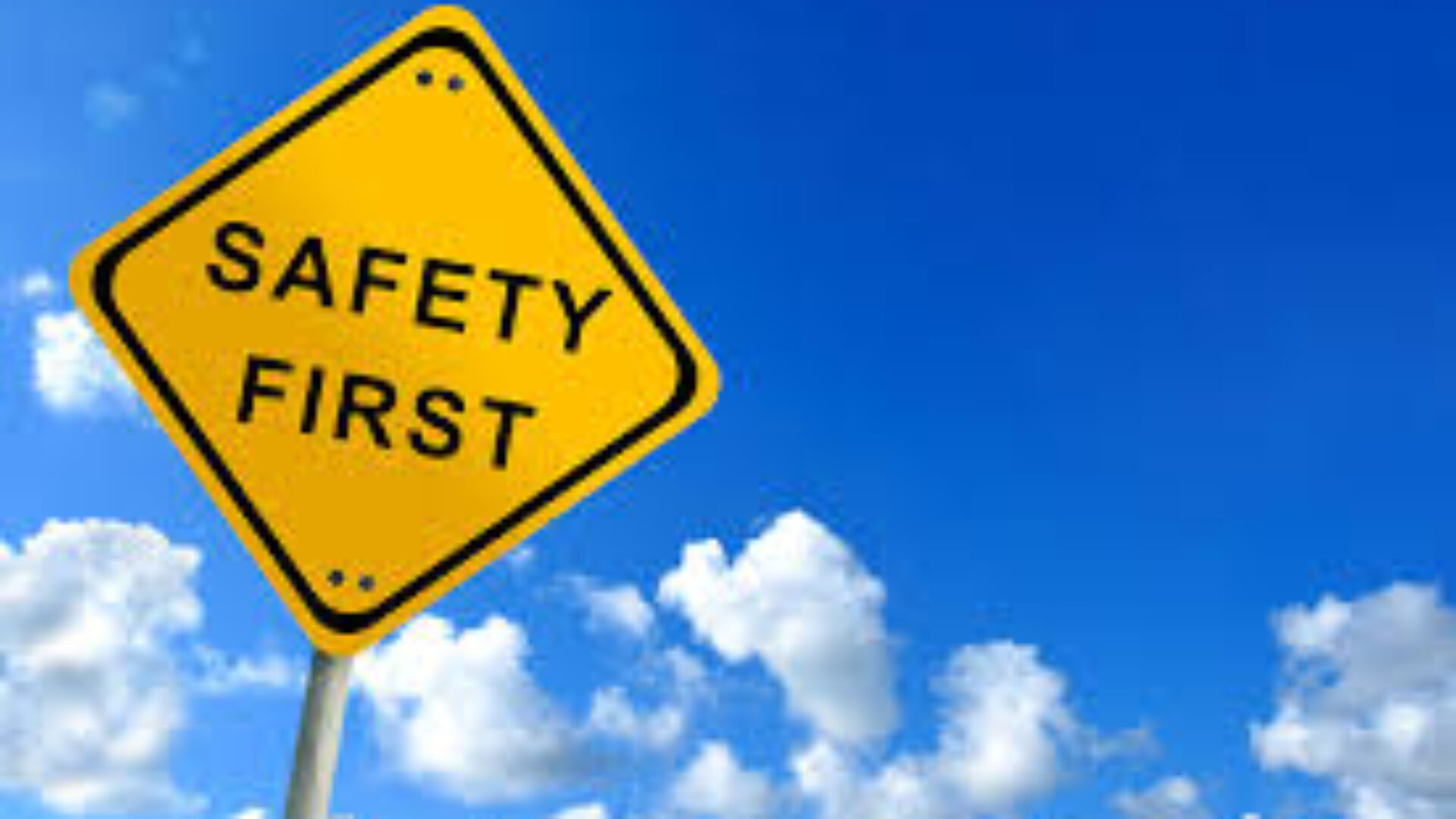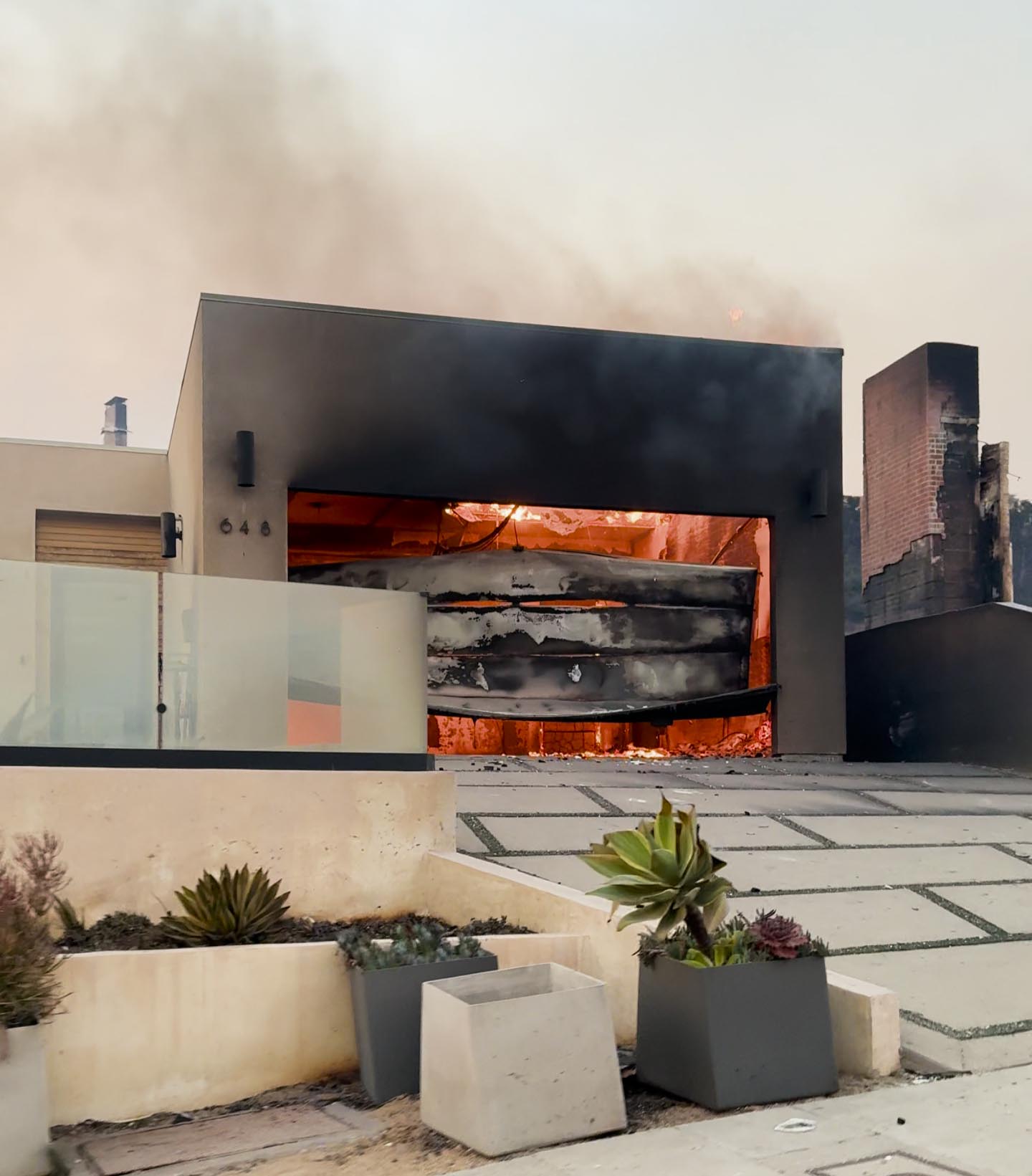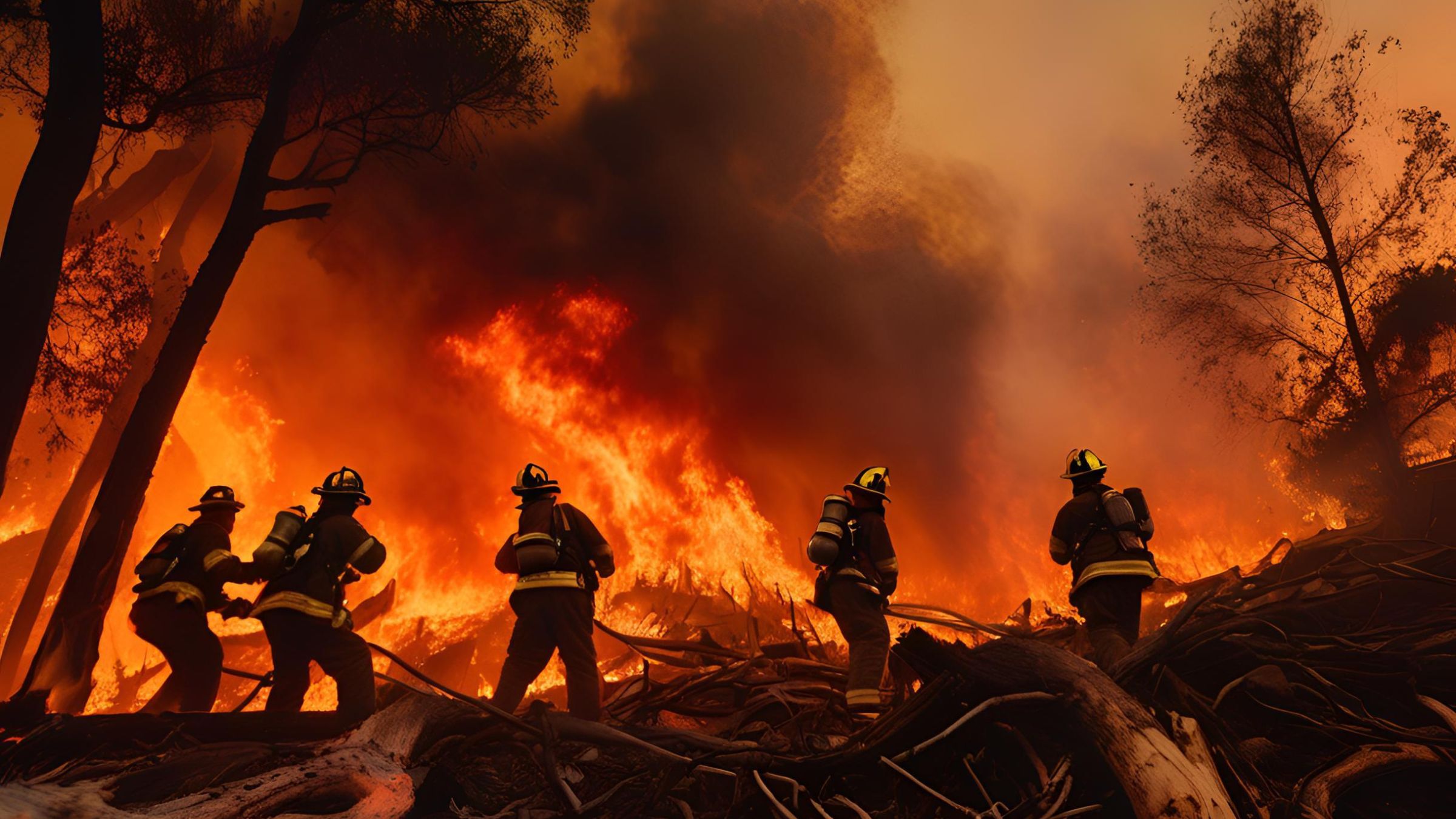Create a Safer Environment
Many seniors are victims of accidents in their own homes, and most of these accidents can be prevented with a series of practical considerations and corresponding follow-through actions. Creating a safer environment by eliminating potential hazards is well-worth the efforts it may involve by family members and other caregivers.
The process of maximizing the safety of a senior’s home generally requires mostly commonsense steps, and if done comprehensively it may enable them to live independently for many more years.
Ideas to Help You Improve Your Home
Although every situation will have unique aspects to consider, the following suggestions will help make a senior’s home environment as safe as possible.
- Be mindful and alert about any hazards in or around the home.
- Have at least one entry to the home that does not have steps.
- Ramp slopes should be no more than 2 inches for every foot in length.
- Thresholds are best if removed or no greater than half an inch.
- Repair any steps that are uneven or wobbly.
- Subscribe to a personal safety response service in case of an emergency.
- Program all phones with emergency one-touch numbers: family members, neighbors, fire department, police, and medical professionals.
- Be sure all stairs have railings on both sides that are secure.
- Add a side window to your front door or lower the peephole to your height.
- Have sensor-controlled motion detection lights outside.
- Eliminate potential trip hazards along walkways.
- Have and practice an emergency escape plan in case of fire or earthquake.
- Be prepared for emergencies and have a backpack for each occupant to grab and go with short notice. Items that may be useful include medications, doctor-signed prescriptions, water, flashlight and batteries, sanitary supplies, long-life food, plastic raincoat or poncho, lightweight blanket, cell phone charger, etc.
- Have smoke and carbon monoxide detectors properly installed and periodically tested.
- Remove or securely fasten any area rugs.
- Give special attention to the kitchen and all bathrooms that will be used. Add non-slip strips to bathtubs and showers. Put non-skid mats on the bathroom floors. Replace shower doors with curtains. Add a fold-down shower seat. Install a handheld showerhead with a 6-foot hose. Add an adapter toilet seat to raise the seat several inches higher than the current toilet. Add safety rails near the toilet and in the tub/shower areas.
- Set the hot water heater temperatures to prevent scalding.
- Install low-pile carpeting or expose all hardwood flooring for safer use of a walker.
- Replace doorknobs and faucet handles with easy-to-use levers.
- Clearly label all water faucets “hot” and “cold”.
- Relocate all appliances, dishes, and serving pieces where they are easy to reach.
- Use unbreakable dishes especially for regular daily use.
- Fix or discard anything in the home that is broken.
- Remove most sharp implements such as razor blades and knives.
- Remove all poisons from the home.
- Put eye-level decals or stickers on glass and screen doors.
- Have all small entry holes or gaps closed up to prevent rodents.
- Be sure all rooms have ventilation.
- Increase the wattage on all lamps and in most interior areas for better lighting.
- Have a regular schedule to check and clean or replace furnace and air conditioning filters.
- Have solid chairs in rooms most used in case it is needed while passing from one room to another.
- Remove interior locks on all doors to prevent locking oneself in.
- Remove electric blankets.
- Be sure the thermostat is not set too high or too low.
- Remove all clutter, even if it may take months to give away or toss things not serving a good purpose.




